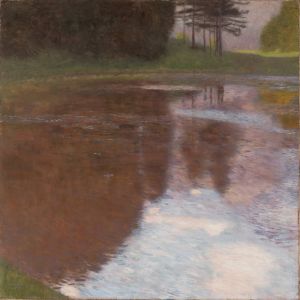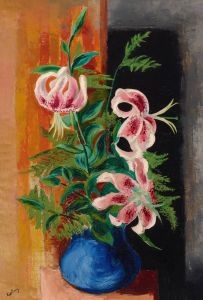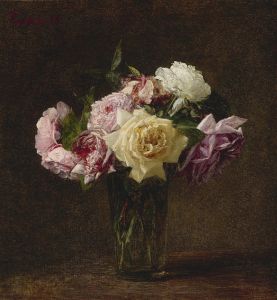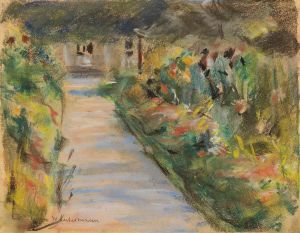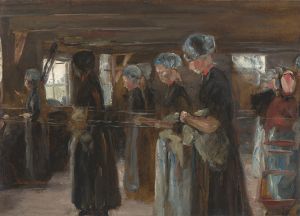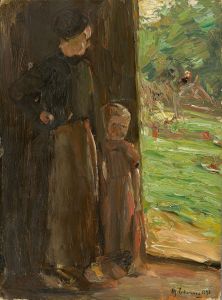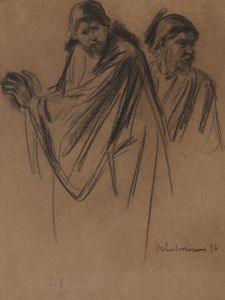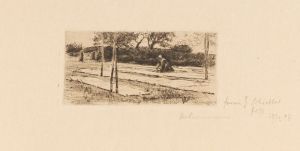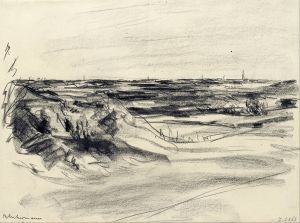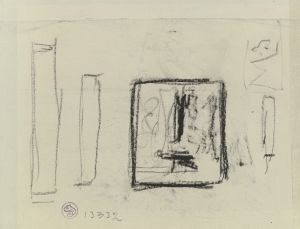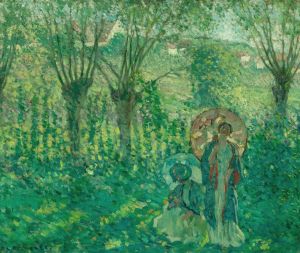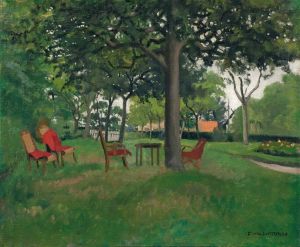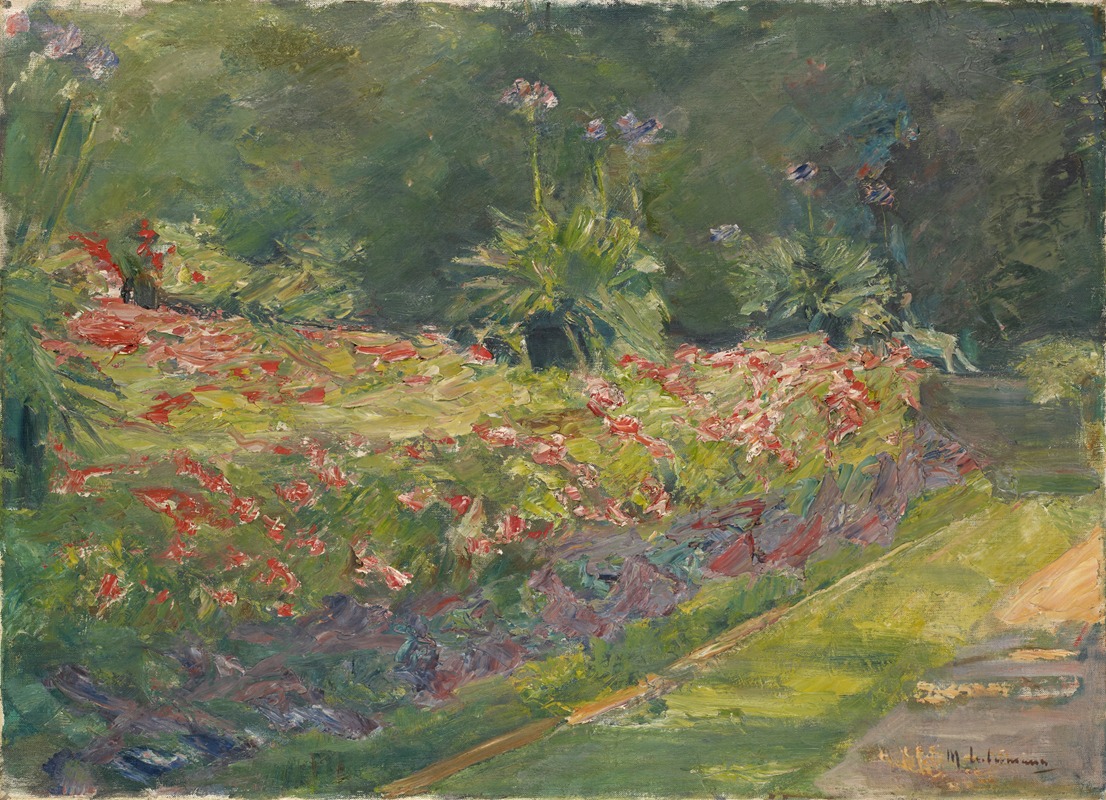
The Garden at the Wannsee in Berlin
A hand-painted replica of Max Liebermann’s masterpiece The Garden at the Wannsee in Berlin, meticulously crafted by professional artists to capture the true essence of the original. Each piece is created with museum-quality canvas and rare mineral pigments, carefully painted by experienced artists with delicate brushstrokes and rich, layered colors to perfectly recreate the texture of the original artwork. Unlike machine-printed reproductions, this hand-painted version brings the painting to life, infused with the artist’s emotions and skill in every stroke. Whether for personal collection or home decoration, it instantly elevates the artistic atmosphere of any space.
Max Liebermann's "The Garden at the Wannsee in Berlin" is a celebrated painting that exemplifies the artist's mature style and his deep connection to Impressionism. Max Liebermann (1847-1935) was a leading figure in the German Impressionist movement and played a significant role in the Berlin Secession, an art movement that sought to break away from traditional academic art. Liebermann's work is often characterized by its vibrant use of color, loose brushwork, and depictions of leisurely scenes.
"The Garden at the Wannsee in Berlin" was painted in 1923, during a period when Liebermann frequently depicted scenes from his summer residence at Wannsee, a picturesque area located on the outskirts of Berlin. This location provided Liebermann with a tranquil retreat from the bustling city and served as a rich source of inspiration for his art. The garden at Wannsee became one of his favorite subjects, and he painted it numerous times, capturing the changing seasons and light.
In this particular painting, Liebermann presents a serene and idyllic view of his garden, emphasizing the lush greenery and the play of light and shadow. The composition is marked by its balanced arrangement and the harmonious interplay of colors. Liebermann's brushwork is fluid and expressive, capturing the essence of the garden with a sense of immediacy and spontaneity. The painting reflects Liebermann's mastery in conveying the atmosphere and mood of a specific moment in time.
Liebermann's choice of subject matter and style was influenced by the French Impressionists, particularly Édouard Manet and Claude Monet, whom he admired greatly. Like them, Liebermann was interested in capturing modern life and the effects of light on the natural environment. His work at Wannsee is often compared to Monet's series of garden paintings at Giverny, both artists sharing a fascination with their personal gardens as a motif.
"The Garden at the Wannsee in Berlin" is not only a testament to Liebermann's skill as a painter but also a reflection of his personal life and interests. The garden was a place of solace and creativity for Liebermann, and his paintings from this period convey a sense of peace and contentment. This work, along with others from the Wannsee series, holds a significant place in Liebermann's oeuvre and in the broader context of German Impressionism.
Throughout his career, Liebermann faced challenges due to his Jewish heritage, particularly during the rise of the Nazi regime. Despite these adversities, his contributions to art were profound, and his works continue to be celebrated for their beauty and technical prowess. "The Garden at the Wannsee in Berlin" remains an important piece in understanding Liebermann's artistic legacy and the cultural landscape of early 20th-century Germany.
Today, Max Liebermann's works, including "The Garden at the Wannsee in Berlin," are housed in various museums and collections, where they continue to be appreciated by art enthusiasts and scholars alike. The Liebermann Villa at Wannsee has been preserved as a museum dedicated to his life and work, allowing visitors to experience the very setting that inspired some of his most cherished paintings.





